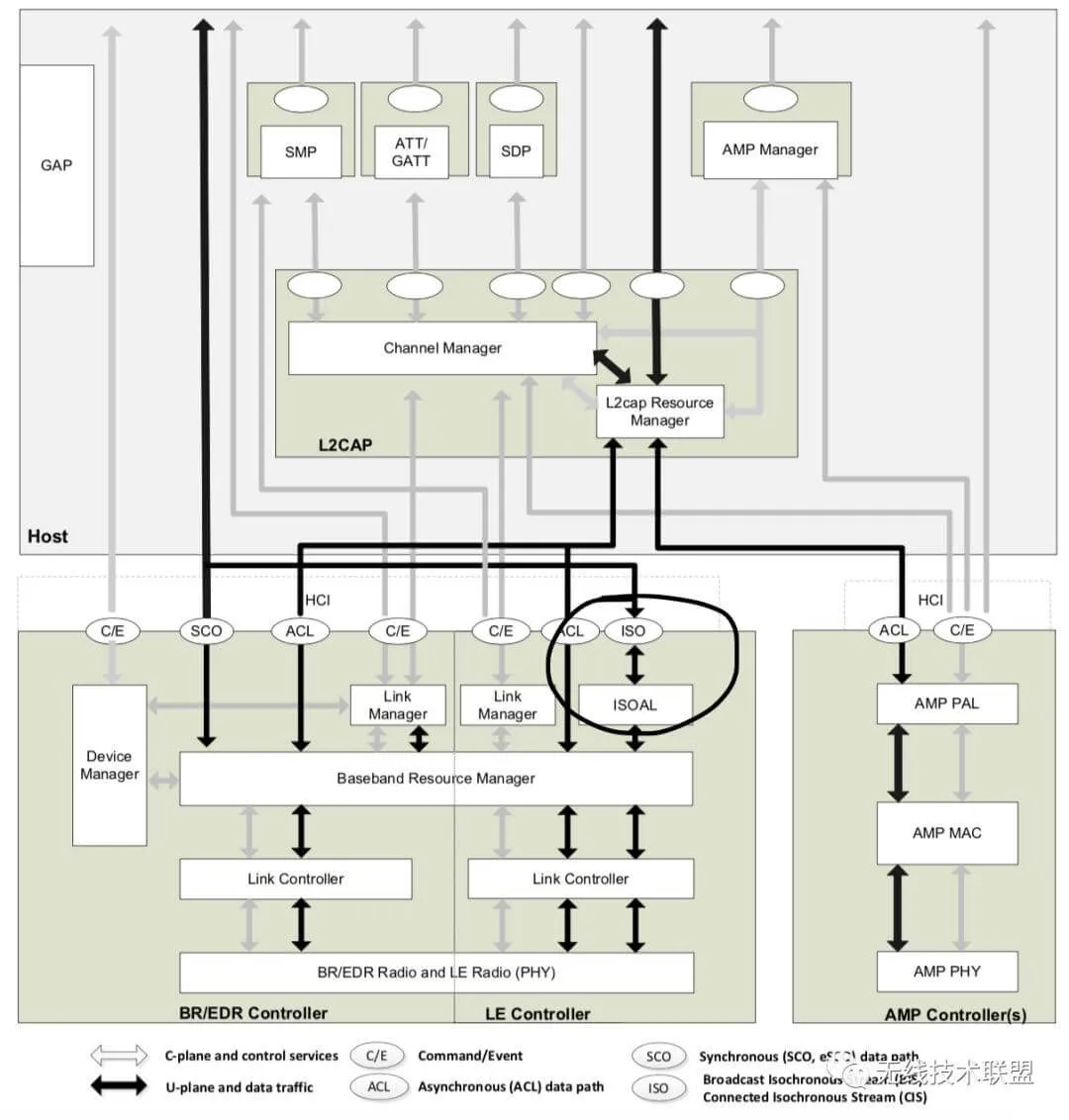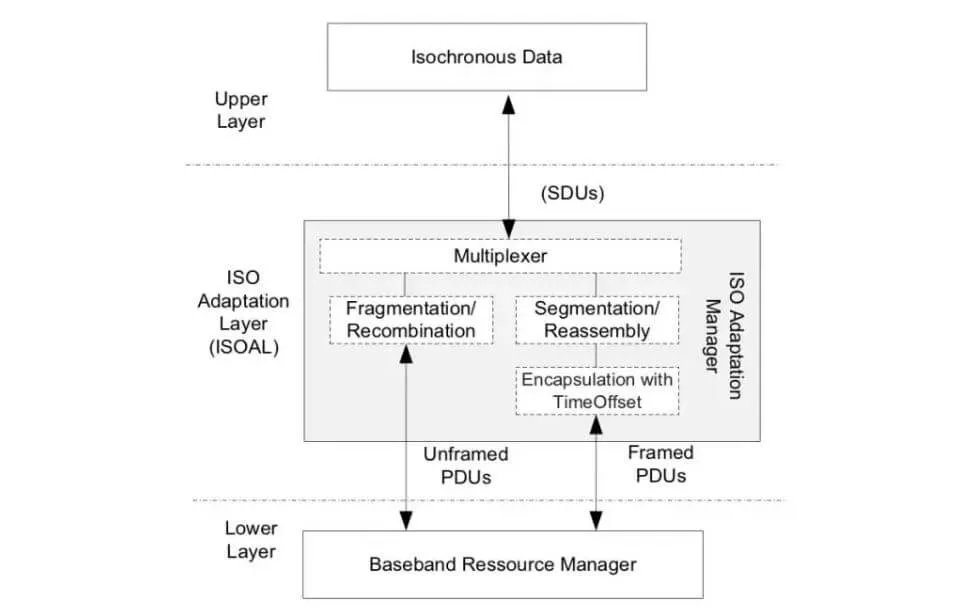The Bluetooth Special Interest Group (SIG) released a new generation of Bluetooth technology standard Bluetooth 5.2 LE Audio at CES2020 in Las Vegas. It brought a new breeze to the Bluetooth world.
What’s the transmission principle of this new technology? Taking one of its primary features LE ISOCHRONOUS as an example, hoping this can help you learn more about the new technology.
The Bluetooth LE synchronous channel function is a new method for transferring data between devices using Bluetooth LE, called LE Isochronous Channels. It provides an algorithmic mechanism to ensure that multiple receiver devices can simultaneously receive data from the master device. Its protocol stipulates that each frame of data sent by the Bluetooth transmitter will have a time limit, and the data received by the slave device after the time limit will be discarded. This means that the receiver device only receives data within the valid time window, thereby ensuring synchronization of data received by multiple slave devices.

In order to realize this new function, Bluetooth 5.2 adds ISOAL synchronization adaptation layer (The Isochronous Adaptation Layer) between the protocol stack Controller and Host to provide data flow segmentation and reorganization services.
The ISOAL layer converts the upper layer LE service data SDU (Service data unit) into the protocol data PDU (protocol data unit) required for baseband transmission and vice versa. The ISOAL controller accepts or generates SDUs through the supported 1M and 2M encoding PHYs. The maximum length of each SDU is the Max_SDU. Use the HCI ISO data packet to transmit the SDU to the upper layer or from the lower layer to the air.

For the application scenarios of LE connected mode and non-connected mode, the Bluetooth 5.2 LE AUDIO protocol specifies two sets of data stream transmission framework models.
Want to learn more about Bluetooth connectivity solutions? Please visit www.feasycom.com for the details.

